Photographs: Reuters Namrata Acharya and Rajiv Rao in Kolkata/New Delhi
One of the qualities the Reserve Bank of India looks for in new banking aspirants is financial inclusion -- that 25 per cent of a new bank’s branches should be in rural areas.
So far, two microfinance institutions -- Bandhan and Janalakshmi Financial Services --have applied for licences.
However, SKS Microfinance -- the only listed MFI -- has chosen not to.
Are MFIs, which mostly operate in rural areas, best suited for the complex world of banking?
Or, as many observers ask, are they to be trusted in the wake of their unsavoury lending practices in Andhra Pradesh, which nearly capsized the sector a few years ago?
. . .
Will microfinance firms make good banks?
Photographs: Rediff Archives
Both Bandhan and Janalakshmi have blue-chip reputations, say industry hands, and avoided being embroiled in the Andhra Pradesh debacle.
“They are strong, well governed organisations,” says Alok Prasad, chief executive, Micro Finance Institutions Network.
“The challenge is to make the leap from being primarily a purveyor of micro- credit to becoming a full service bank operating in both rural and urban markets.”
One of the key impediments for MFIs towards becoming banks is an unsecured loan portfolio, points out Samit Ghosh, president, MFIN, and managing director, Ujjivan Financial Services.
Earlier, Ghosh led the launch of retail banking for Standard Chartered in the Middle East and South Asia, and HDFC Bank in India.
. . .
Will microfinance firms make good banks?
Photographs: Reuters
Collateral-free lending is the essence of microfinance lending.
However, for banks, high unsecured loans mean high risk-weighted capital.
“Unless MFIs are given some special dispensation for unsecured loan portfolio exposure, it will be difficult for them to convert into a bank.
Banks and MFIs have very different cost structure. For instance, the cost of operations of a bank involves higher salaries than MFIs,” says Ghosh.
However, that doesn’t easily translate into a cakewalk for existing banks. Many public sector banks, which have forayed into rural banking have failed.
Ramesh Ramanathan, founder of Janalakshmi and a former head of Citi’s European corporate derivatives unit, says the opportunity is worth Rs 50 lakh crore (Rs 50 trillion).
. . .
Will microfinance firms make good banks?
Photographs: Reuters
However, it’s not easy to tap because the banking structure today is geared to meet need of formal economy, while entering the rural sector requires enormous business process re-engineering.
“Why would you want to do this if you were a bank in the formal economy?” he asks adding, “It’s like the Leela delivering roadside chai.”
Still, delivering ‘roadside chai’ in the banking world cannot be done without what Ramanathan calls ‘industrial strength technology’ that is customised.
“We always thought of ourselves as a bank and not an MFI and, therefore, we reverse-engineered our MFI business,” he says.
Janalakshmi, which already distributes other financial products such as micro-pensions, went about building a robust front-end technology-driven transaction engine, where agents use thumb-print scanners and tablets to authenticate and digitise transactions at source.
. . .
Will microfinance firms make good banks?
Photographs: Reuters
Today, the MFI can undertake 30,000 to 100,000 transactions a day across 100 branches India, while serving 1.5 million to 2.5 million transactions a month.
A core banking system allows real-time cross-verification and collections to be reconciled, where an employee doesn’t have the temptation to rotate that money over the three days it would otherwise take for the process.
The MFI also has an in-built customer relationship management machine that learns details about customers, thereby giving it the ability to spin out multiple customised products.
These could be key assets for any bank operating in rural India and Janalakshmi has already built these out and test-driven in its MFI operation.
An equally-prized advantage would be client connect.
. . .
Will microfinance firms make good banks?
Photographs: Reuters
“MFIs have low NPAs (non-performing assets), because we keep interacting with our borrowers on a weekly basis,” says Chandra Shekhar Ghosh of Bandhan.
“As a bank, we will like to keep in constant touch with our borrowers, be it retail or corporate client, to check bad loans,” he adds.
Understanding customers is not easy, and a rural customer has very different characteristics from an urban one in the formal sector.
Products such as loans or savings accounts are simple on the surface but bankers such as Ramanathan say designing these for rural masses is a challenge.
For instance, a flower seller might need someone to visit her sometime in the late morning to collect the Rs 150 profit she has made by then before she spends it that day.
That’s a kind of transaction economics that MFIs best understand.
While MFIs might not be automatic winners in this arena, their intimate knowledge of the rural un-banked and the ability to leverage technology could give them an edge over other banking applicants.

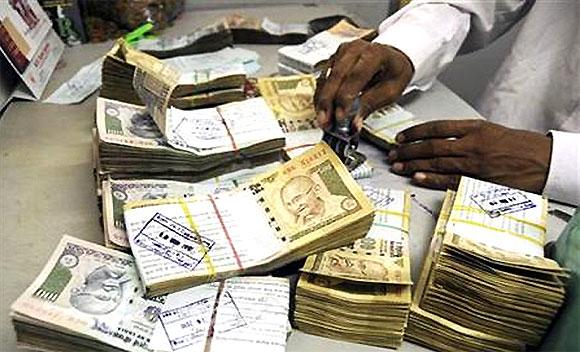
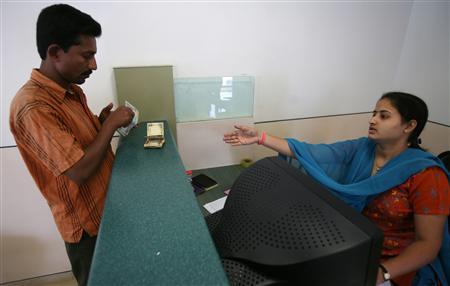
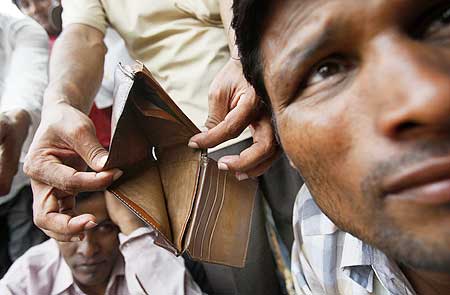
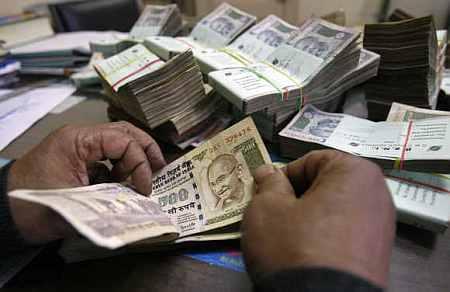
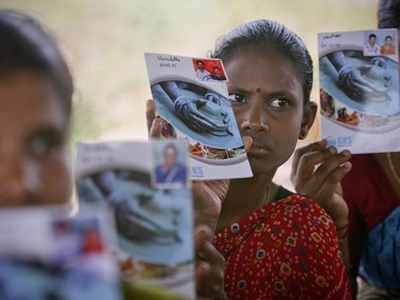
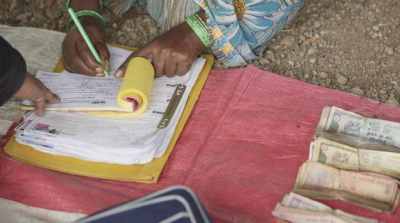

article